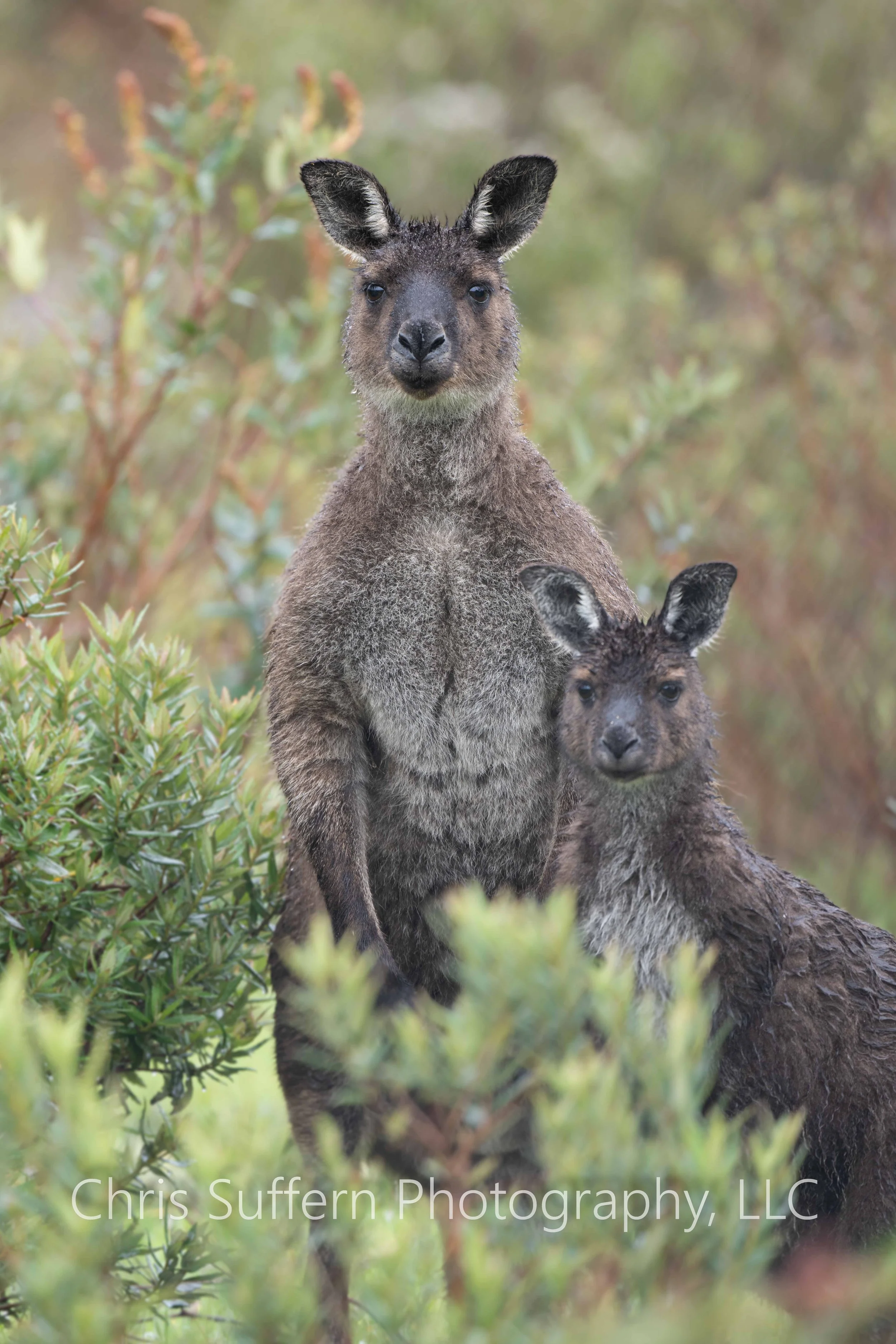
Kangaroo Island: Land & Sea
From the boreal forests of Finland to the rugged mountains of Patagonia. The beauty of Mara sunsets were equally as brilliant as the shimmering lights of the aurora borealis in Wapusk. Sweltering summers in central India competed with blistering blizzards in Union Glacier. I’ve travelled thoroughly through 6 of 7 continents. Antarctica is often the last to be conquered, but I’ve been there and done that - actually I’m visiting again next week. My final conquest was Australia, a convenient 15hr flight from LAX. Though more accessible than the others, the sensationalism of the Africa and Asia was more compelling. Culturally, Australia is like America with less peanut butter and more vegemite, black bears are replaced by drop bears, and every body of water host beasts which can shorten your vacation in seconds. Does that sound appealing?
I learned of Kangaroo Island (KI) when I first developed this hobby 11 years ago. In Africa lions, leopards, and rhinos were the objectives. After accomplishing the feat my curiosity led me to search for other targets around the world; the tigers of India, jaguars of Brazil, etc. KI’s natural settings rivaled what motivated me to visit these other destinations; high density fauna and unique landscapes. Some call it the “Galapagos of the East” as it specializes in it’s own unique wildlife after it’s separation from the mainland over 10,000 years ago. The distinctive terrain and geographic isolation encouraged kangaroos to evolve into their unique subspecies; shorter, stockier, and darker than their mainland cousins. KI also hosts several species which are the brink of extinction on mainland Australia such as the glossy black cockatoo and the Tammar wallaby. KI is a great introduction to Australia, and during my week visiting, my aim was to capture as much as I could to give it the appropriate justice deserved.
In late 2019 a virtually unstoppable fire, ignited by a scorching summer and lightening storms, sparked an inferno, and with fearless disregard, engulfing 1/3rd of the island. Flinders Chase became a charred wasteland with millions of wildlife casualties. As I read of the destruction I had lost all hope of visiting this bucket list destination. Whether climate change or human negligence I thought one of the world’s special destinations was lost. Soon after, covid put world travel on hiatus, especially to Australia, which only reopened it’s borders this year. 2 years of isolation from the outside world allowed foreign tourists to return and witness the regeneration of the island. Barren land was replaced by young trees and bushes. Gray was replaced by green. Life in the process of restoration.
KI is about 100 miles from east to west and 35 miles at it’s widest point - pretty small. It’s usually a short stop on a longer tour, but I only had 6-7 nights in Australia and decided fly directly to Kingscote and spend all my time exploring the island.
Upon arriving the weather was unseasonable rainy. Many of the dirt roads were flooded and alternative routes had to mapped. My guide, Paolo, a 1/2 German- Italian, had been living here for quite a while and knew the road system very well. Our initial meeting consisted of planning the following days. Photography and videography. I had no clear vision as heavy rain and cloudy skies concealed it’s beauty. Vibrant sunrises and sunsets weren’t expected based on the week’s forecast. Overcast with brief breaks were predicted.
An evening visit to Flinders Chase on the 2nd evening was a gamble. A low probability of a brilliant sunset was a possibility however on the trip there we saw nothing but clouds with no breaks to allow the piercing sun glow to reach the surface. Admiral Arch was a magnificent location, but bland light did not produce anything impressive. 30mins before sunset we staked out the remarkable rocks. Light was bad as well. I decided to just stick around and wait as we had driven 70 miles to the destination. I was thinking black and white with a big stopper and a graduated ND filter to accentuate the faint details in the clouds and a long exposure blurring of clouds behind the static object. As I was setting my rig, a row of clouds at the horizon cleared and let it warm and colorful light which bathed the rocks with variations of purples, reds, and oranges. The everchanging plan evolved from dismal to rescued to redemptive.



